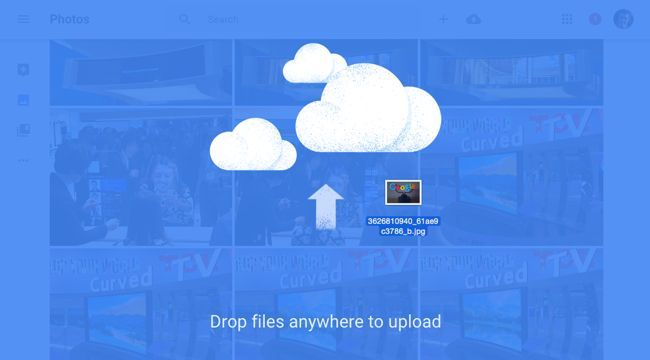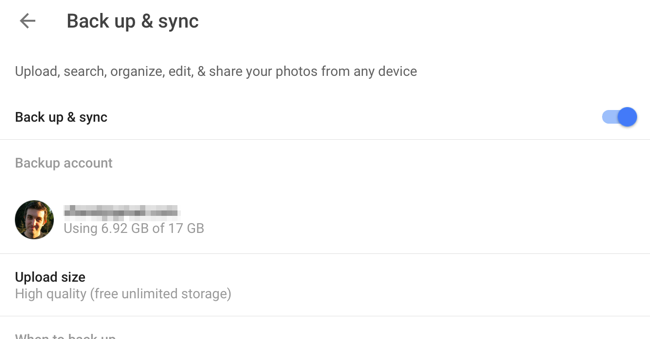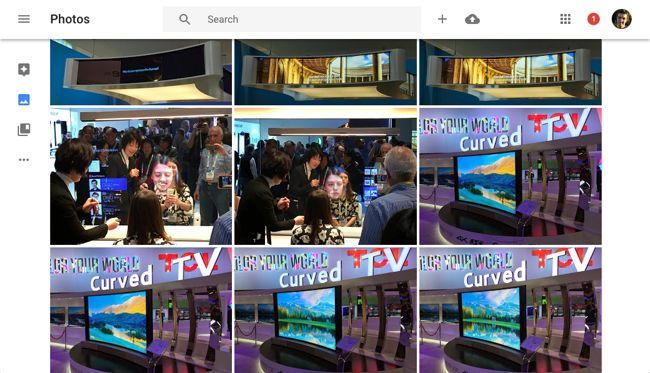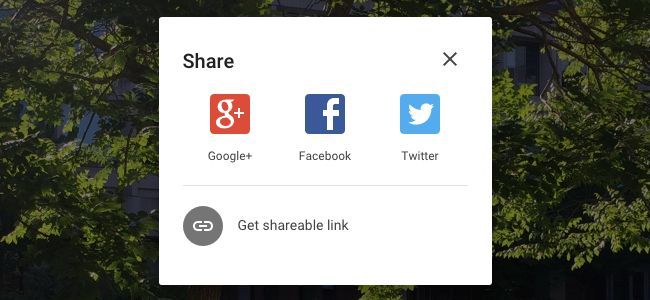Quick Links
Google Photos offers unlimited storage for your photos and videos, a slick website, and automatic-upload apps for Android, iPhone, Windows, and Mac. It's a great option for storing your photos.
This photo-storage service was previously trapped in Google+, so it was overlooked by many people. It's no longer part of Google+ and has a new interface -- you just need a Google account.
You Need a Plan for Storing Your Photos
Google Photos compares favorably with similar services like Apple's iCloud Photo Library, which only offers 5 GB of free storage and isn't as convenient to use on the web or Android. Yahoo!'s Flickr is compatible, and Dropbox and Microsoft's OneDrive also offer photo-storage features although they focus more on general file storage.
Whichever service to use, you should be storing your photos somewhere safe and secure. Don't just copy all your photos to an external drive or keep them on your computer. You need a backup because it's impossible to replace them if your hardware ever fails.
Get Your Photos Into Google Photos
To get photos into Google Photos, you can just visit the Google Photos website on your computer, sign in with your Google account, and just drag-and-drop them onto your browser window.
You may want to open the menu and select Settings first, however. Choose "High quality" and you'll be able to upload an unlimited amount of photos. Select "Original size" and you can upload larger photos without having them shrunk, but they'll take up some of your Google account's storage quota. High quality photos can be up to 16 megapixels in size, and Google really only recommends you use the "original size" setting if you have higher-detail images from a DSLR camera.
Photos you place in your Google Drive storage will also appear in Google Photos by default.
You can also use apps to automatically upload photos you take from your smartphone, tablet, Windows PC, or Mac. Download them from Google.
- iPhone and iPad: Install the Google Photos app. It can automatically upload photos from your camera roll, taking the place of iCloud Photo Library and saving you iCloud storage space.
- Android: The Google Photos app allows you to set up automatic uploads of your photos. This may already be installed on your Android device.
- Windows and Mac: Google makes a desktop application called "Backup and Sync" that can automatically upload photos from your computer. It will detect digital cameras and SD cards full of photos when you connect them to your PC and can automatically upload them for you.
As when uploading via the web, you'll probably want to store photos in "high quality" unless they're from a DSLR camera and you're willing to pay for additional storage.
You can also upload videos to here. Videos in 1080p resolution or below can be stored for free.
Browsing Your Photos
To view photos, just visit the Google Photos website or use the Google Photos apps for Android, iPhone, or iPad. You can scroll through your photos and click or tap them to quickly view them. Photos are ordered in a list from most recent to oldest.
As you might expect, Google Photos also includes sophisticated search technology. You can search for "dog" and you'll see images that Google thinks contain dogs, for example. You can also search for landmarks, different types of objects, locations where you took photos, and so on.
Click the search bar once and you'll see a list of different people -- Google doesn't know who they are, it just knows the faces in certain photos look similar -- and locations photos were taken, making it easier to browse related photos.
If you want to organize your photos in a more traditional way, you can also use the "Collections" option to organize your photos into albums.
Click around and you'll find other features, like the "Assistant" that creates animations and montages for you and allows you to save them if you like them.
Share With Anyone
Thanks to it no longer being integrated into Google+, Google Photos has excellent sharing features. Sharing an image is as simple as viewing it, clicking the Share button at the top of the screen, and selecting one of the options.
You can share the photo to Facebook, Twitter, or Google+. You can also just click "Get Shareable Link" and you'll get a direct link to the photo. Give that link to anyone else -- via an instant message, email, or any other way -- and they can just view the photo without even having to log in.
You can open the Google Photos menu and select "Shared Links" later to view and manage these shared links.
Google Photos also allows you to download the photos if you want them, either one at a time or your entire photo collection via Google Takeout. This allows you to keep an offline backup, if you like.
It's now integrated with Google Drive, too -- photos you take on your phone can be automatically uploaded to Google Photos and downloaded to your PC via Google Drive, just as Dropbox and Microsoft OneDrive work.
This is a successor to both Google's Picasa Web Albums and Google+ Photos. If you previously used either of those services, the photos you stored there are now stored in Google Photos.
Image Credit: mjmonty on Flickr





